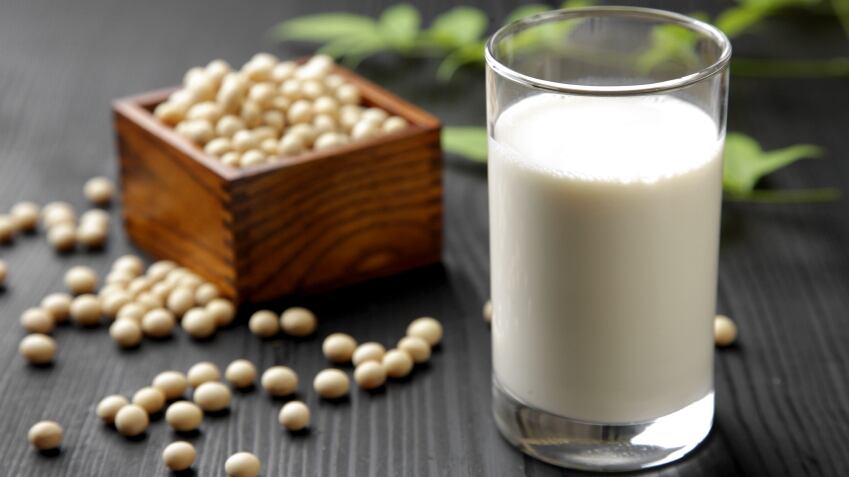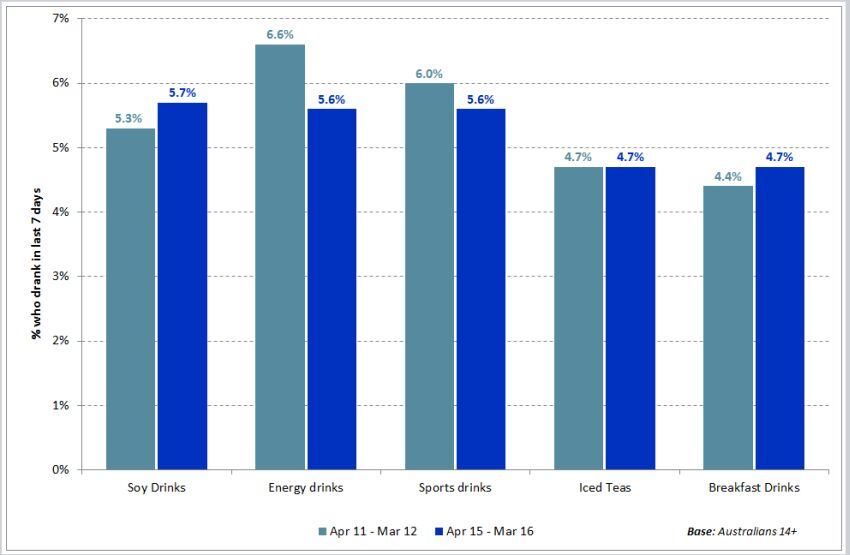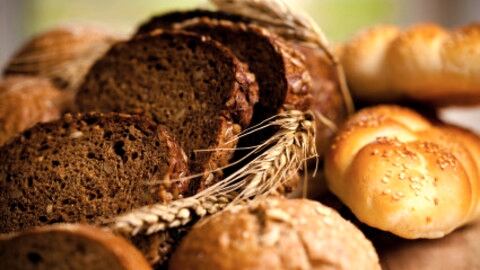Claiming to be the first ever study to assess the accuracy of hand-based methods for measuring food portions, finger width was used as a “ruler” to gauge the dimensions of foods and glasses of liquids.
These measurements, combined with geometric formulas of volume and food density factors, resulted in an objective and “acceptably accurate” estimate of the weight of food.
The findings suggest that there is potential for the tool to be incorporated into electronic platforms such as smartphone apps to help estimate food intake on the go more accurately.
"Better accuracy when estimating food and drink intake will allow dietitians to tailor nutrition advice and recommendations even further, ultimately benefiting clients," said Alice Gibson, who carried out the initial research on 67 participants.
Gibson and her team from the Boden Institute of Obesity, Nutrition, Exercise and Eating Disorders are now seeking Sydney-based participants for clinical weight loss trials to test the new method.
The research was motivated by Gibson’s attempts to understand her own eating habits.
"I completed a food diary for a week and that's when I realised how hard it would be for people to accurately estimate the true amount of food on their plates, particularly for difficult-to-measure foods like lasagne.
“It struck me I had no accessible or reliable way of doing so," said the accredited practising dietitian.
Once the participants estimated the weights of 42 pre-weighed foods and liquids using their fingers, fists, finger tips and thumbs, Gibson and her team then compared the results to the true weight of the food.
All hand methods were compared with household methods, such as cups and spoons, and subjective size descriptions of “small”, “medium” and “large”.
The “finger width” method was found to be more accurate than household measures and size descriptions for estimating food portions. Indeed, 80% of the food sizes assessed in this way were within 25% of their true weight, compared with 29% of those estimated using the household method.
The tool, which is outlined in the Journal of Nutritional Science, has earned Gibson the Dietitians Association of Australia’s President's Award for Innovation.
"It is fantastic to have this tool validated, providing an easy-to-use, evidence based resource that will be available to all practitioners anywhere, anytime," said DAA president Liz Kellett.
Source
Journal of Nutrition Science (2016), vol. 5, e29
doi:10.1017/jns.2016.22
“Accuracy of hands v. household measures as portion size estimation aids”
Authors: Alice Gibson et al.
More stories from Down Under…
Popularity of soy drinks not just growing among health watchers
New market research has revealed that soy drinks are now more popular with Australians than energy drinks, sports drinks, iced teas or breakfast drinks.

In the 12 months to March 2016, just over 1.1m Australians consumed at least one soy drink per week.
And whereas consumption of energy and sports drinks has slipped since 2012, the proportion of Aussies drinking soy beverages is up over the same period—albeit fractionally. Still this represents an extra 115,000 people drinking soy milk at least once per week.
ACT residents lead the country for soy drink consumption, with 9.3% drinking it in an average week; well ahead of Melburnians and Sydneysiders, while Hobart lags behind the other capitals. Overall, capital-city dwellers are more likely than country residents to opt for soy drinks.

Not surprisingly, consumption is well above average among people who “avoid dairy foods wherever possible”, as well as those for who say “milk/dairy products do not agree with me”. It is also elevated among vegetarians and near vegetarians.
“Many Australians choose to drink soy milk because of the discomfort or adverse reactions dairy products cause them,” said Norman Morris of Roy Morgan Research.
Consumers interested in health and nutrition are also more inclined to drink soy beverages: for example, those who “favour natural medicines and health products” are more than 50% more likely than the average Australian to drink soy milk, as are those who “look for drinks with added ingredients that are good for my body”.
However, the figures show that dairy and soy milk consumption are not as mutually exclusive as one might think.
Almost one-third of Australians who consume soy drinks in an average seven days also drink regular fresh white milk in that time, suggesting that soy drinks are not just a lifestyle choice, but simply another beverage option.
Even among soy-drinkers who have issues with dairy, there is a surprising rate of dairy-milk consumption. Some 13.4% of soy-drinkers who “avoid dairy foods wherever possible”, and 15.8% of those who say that “milk/dairy products don’t agree” with them, drink regular milk as well as soy.
“While soy drink consumption shows no sign of challenging regular dairy milk, which is drunk by 44.4% of the population in an average seven days, it does occupy a certain niche in the non-alcoholic beverage market, with slightly more consumers than energy and sports drinks,” said Morris.
Ingredion’s resistant starch gets general-level health claim from Fsanz
Ingredion has obtained a self-substantiated general-level health claim (GLHC) in Australia and New Zealand for its Hi-Maize resistant starch based on digestive health.

A systematic literature review was undertaken and updated as part of the self-substantiation process, from which Ingredion was able to establish the food-health effect according to the terms of the Food Standards Code.
The claim dossier, prepared with an external consultant, proposed a claim stating that “Resistant Starch 2 (RS2) helps to maintain/support a healthy digestive system when consumed as part of a healthy diet made up of a variety of foods”.
A proprietary type of invisible “white fibre” made from corn, the ingredient is manufactured and marketed globally by Ingredion for use in products including breads and pasta, as well as popular consumer drinks such as fruit smoothies and protein shakes.
The company says Hi-Maize can encourage consumers eat more fibre without compromising taste and help close the gap in fibre consumption.
By boosting the activity of healthy bacteria in the gut, resistant starch increases stool bulk and gives a milk laxative effect. Studies have shown that, in comparison with bran, the ingredient was well digested, produced an increase in daily stool weight and assisted passing. It also protects the mucous layer within the colon which is believed to help protect colon cells.
“With digestive health a growing health and wellness consumer trend across Asia-Pacific, the self-substantiated GLHC for Hi-Maize resistant starch opens up additional opportunities to work with even more customers in the health conscious Australia-New Zealand Market,” said Wendy Pasco, Ingredion’s regional marketing manager.
The benefits of resistant starch as a beneficial carbohydrate are already recognised by a number of public health authorities, including the National Health and Medical Research Council in Australia and the WHO, Efsa and US National Academy of Sciences.
Fsanz consults on decision to allow vitamin D addition to breakfast cereals
The antipodean food regulator has released a consultation paper on its review of a decision to permit the voluntary addition of vitamin D to breakfast cereals.

Steve McCutcheon, chief executive of Fsanz, said ministers responsible for food regulation had asked for a review of the decision last July.
“Ministers also provided some clarification of the policy guideline relating to adding vitamins or minerals to food,” McCutcheon said.
“The clarification included reference to the use of nutrition profiling tools or other initiatives to determine whether fortification permissions should be allowed for some foods.”
Vitamin D can currently be added to a range of foods including dairy products, but not breakfast cereals. If manufacturers choose to add vitamin D to breakfast cereal, it has to be included in the list of ingredients on the label.
“Fsanz has assessed the effects of using a nutrition profiling calculator for vitamin D fortification in breakfast cereals and is calling for submissions on that assessment,” said McCutcheon.
Fsanz is now seeking submissions, including evidence, on the impact of the proposed drafting amendments.
The closing date for submissions is August 5.
